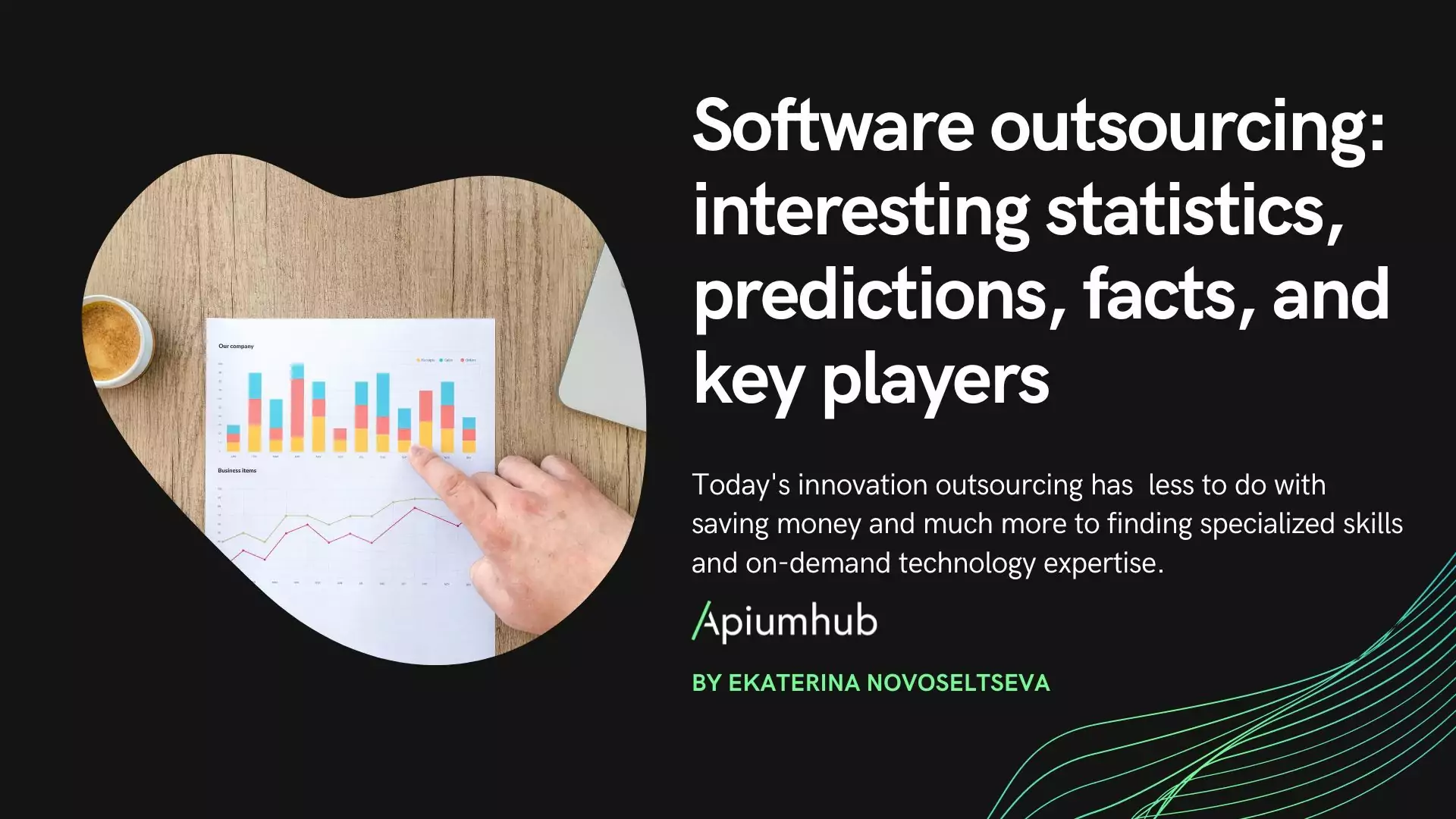Table of Contents
In the past few years we’ve been talking a lot about e-commerce & lately even more about m-commerce. So let’s start off by describing them both and talk about the e-commerce & m-commerce growth, the importance of adapting to changes in the customer’s habits, the m-commerce trends in 2017 & the advantages of m-commerce.
What is e-commerce & m-commerce?
The internet
It all started between 1994 & 1995 with Amazon and e-bay, the founders of online commerce. We reached a period where the Internet has become indispensable, more and more with the growth of knowledge and technology. We have now access to information we didn’t have before, which has been changing our behaviour slowly slowly, in our social and business lives. In fact, businesses need to adapt and use electronic commerce channels to communicate with customers and to increase their competitive advantage.
e-commerce
E-commerce stands for electronic commerce, which is the concept of doing business using an electronic network, mostly through the internet. Obviously, it can be used in B2B, B2C, C2C and C2B. Transactions are mainly done on a computer or laptop.
m-commerce
Now, what is m-commerce? It stands for mobile commerce. Here, we’re talking about commercial transactions that are done on smartphones, increasing therefore the accessibility and connectivity as it’s easier to carry those devices. Obviously, it has become more popular because the options of devices that enables us to do online transactions has been growing and will continue on growing for years to come.
Will m-commerce outgrow e-commerce?
In the past 10 years we have been talking more and more about e-commerce. Lately, certain advancements (expansion of the Internet, the use of mobile devices, secure online payment options & delivery / shipping growth) have led us to a growth of almost 20% per year.
As I mentioned, we are not only witnessing the growth of e-commerce, but also of m-commerce. In fact, in 2016, top retailers in the US grew mobile sales by 30 percent year-over-year, capturing 52 percent of all e-commerce transactions.
Today, the customer’s needs have changed. They want to look for the best prices, they want an easy return policy, get a quick delivery, quality, etc. and with their smartphones, they can look for all that quite easily.
Changes in the customer’s habits
For all of you who had a few classes of Marketing, I am sure you remember the classic “consumer buying decision process”. Well, with m-commerce growth, we can see a big change in the consumer’s habits, altering that model. People got used to having easy ways to reach brands and stores. Mobile is indeed the main channel that they use across the entire purchase journey.
In fact, over the years, we have seen a huge change in the expectations of customers regarding convenience, speed, price, product information and service. With m-commerce, we are able to provide customers more information, more options and specially more ways to buy. M-commerce has been growing and will keep on growing, at a faster pace, taking a bigger place in the retail sales.
Today, consumers research with their mobile for inspiration, to discover new products and to actually buy products. Smartphones have become the primary touchpoint with businesses.
Also in general, the evolution of social media paired with the developments in mobile technology has had a huge impact on the way consumers interact with their mobile devices. Therefore, their way of engaging with brands.
Retailers need to adapt to m-commerce growth
The changes in the consumer’s habits are quite clear for retailers and the rise of m-commerce is pushing them to adapt “mobile first” strategies. In fact, mobile platforms can no longer be ignored. We have noticed that “retailers who have optimised their mobile shopping experience accordingly – both in-app and on mobile – are pulling away from their competitors and continue to see strong traction from consumers”. Mobile should be at the heart of digital strategies and digital product development.
The access to information is so easy that retailers must be present everywhere and obviously offering the best online experience possible in order not to lose customers to competitors.
The future of mobile commerce will be extensive spending on technology to improve customer experience.
In traditional commerce, we did not have that many options. Now, they can make better choices and take better decisions. They don’t accept to get fooled by a brand, they can read the reviews of existing customers; finding substitutes to retailers products has become very easy, one of reasons why mobile optimised websites and smartphone apps have been growing that much.
To all online retailers out there, please do give importance to your online social medias, sites reviews and comments; positive feedback is amazing but negative feedback can kill you. Engage with shoppers, it’s crucial to convert traffic into sales.
It also is very important for retailers to listen to customers, understand what information they are looking for, to then be able to give it to them. Basically becoming more pro-active; having the information waiting for the customer before he even started looking for it.
Yes, this means that the marketer’s job is harder than ever. As it has all been changing faster and faster, we constantly need to research, read and learn in order to know what new trends are popping up, new channels that are used and new technologies. This is what can help us to be ready to react and adapt to changes. I am not saying that it is all negative, on the contrary, what I am trying to say is that there are huge opportunities to grow and create loyal relationships with customers, but we need to work hard to get there.
M-commerce – Mobile centric marketing
The number of people using mobile devices keeps on increasing and nowadays, mobile devices have become part of our lives. As we almost all have access to mobile data plans, online shopping via mobile devices have become much more common and convenient.
The primary screen for most of consumers was laptops and desktops and has been replaced by mobiles for many, which is why retailers should consider the ‘mobile first’ approach to marketing. In 2016, mobile advertising spending globally increased by 103%, meaning that mobile commerce should be considered by all companies.
As it’s not easy to do the transition to mobile, here’s 4 points that brands should know/consider before doing the switch.
- Consider the various advertising formats – Mobile advertising supports various formats as videos, display, and native. Some are more effective for particular targets at particular times and points. That is why you can’t omit to test the different options to reach the best possible results.
- Don’t forget the different viewing situations – As mobiles are used more often, the ads on mobiles can be viewed in completely different contexts than when watched on TV or computers. Marketers always should keep this in mind; when and how will consumers view the ad? In a bus or a metro, in a waiting room or at the restaurant, etc.
- Target via location data – The data we get with mobile is enormous, helping us to personalize segmentation and targeting. All marketers should take advantage of this data to reach the right audience at the right time with the right message instead of putting an ad in the wrong context which could really bring damage to the brand.
- Think about mobile ad design – Consumers can instantly react with the help of smartphones; they can find out more about the brand, share ads they like via social media, or make a purchase. The mobile ad designs should therefore include features that are interactive and that enable consumers to engage, via call to actions, likes, sharing, etc.
Advantages of m-commerce
- Customization – having access to data about the user facilitates the offering of personalized services. We constantly get updates about the status & location of the customer, and with good data analysis, we are able to customize to respond better to user’s needs.
- Accessibility – there is no need for modem or WI-FI connectivity setup. As long as the network signal is available, mobile devices can connect to the internet and perform commercial transactions, which means that providers can reach customers over a longer range.
- Mobile payments – customers can pay by using “in app payments” which doesn’t require third-party payment gateways and are hosted by the platform itself. Also another option is the mobile wallet that allows customers to maintain a pre-paid account and each time they purchase something, the money is debited.
- Time is money – with m-commerce, we remove the need of buyers heading to a physical shop, which automatically means they are saving time & money.
- Instant contact – customers can reach a business instantly; live chat, calling with one click, 24-hour billing & sales, etc.
m-commerce trends in 2018
- Mobile shopping is a must – m-commerce stores is not only a plus to businesses, it’s a must. Undermining the importance of m-commerce growth will mean losing clients; to keep them coming back, it will be necessary to offer a seamless shopping experience via websites and apps that are optimized.
- Mobile image recognition – Phone cameras won’t be only used for selfies anymore! Still very new, but we will see more apps used to take a picture of products around you and get directed to the platform where you can buy it from.
- Artificial intelligence & chatbots – Consumers expect shopping sites to be more than a list of products, they look for personalised & targeted notifications that will give more details about the products, they want to be able to get answers when they have questions, quickly. Chatbots, messaging app and AI will continue growing in 2017 to help provide customers a great shopping experience.
- The rise of AR apps – Big retail (L’Oréal already started doing so) will be more and more using AR technologies to show how products will look like without having to try it.
- Content is crucial & will take more space – Specifically in B2B sales. If you want to convince buyers to purchase from you, you need to give them what they want: detailed specifications, helpful videos, rich images, and comprehensive product guidelines.
- Better shipping experience – Customers have thousands of choices, and can make the switch from a brand to another quite easily. As they are looking to save time, they look for different options going from same-day deliveries, to buying online and picking up in-store or having goods delivered to their home or office in 3 hours.
- Mobile fraud growing – Of course, who says new technologies used says less security… in the beginning. Fraudster have turned their attention towards sales that don’t involve a physical card reader. This year, retailers will start to take mobile fraud prevention more and more seriously as m-commerce growth is not going to stop.
- Payment systems growth – Did you know that mobile abandonment rates exceed 80% when customers are asked to input their credit card details? This has been pushing retailers to offer more payments options. This year, direct app payments or pre-paid accounts will keep on growing, reaching around 60% of m-commerce transactions.
Conclusion
Offline commerce is not dead, and specially not e-commerce, but everyone should adapt to the m-commerce growth. It can no longer be ignored and it is much better to adapt to it now than to watch and wait and try to catch up later.









